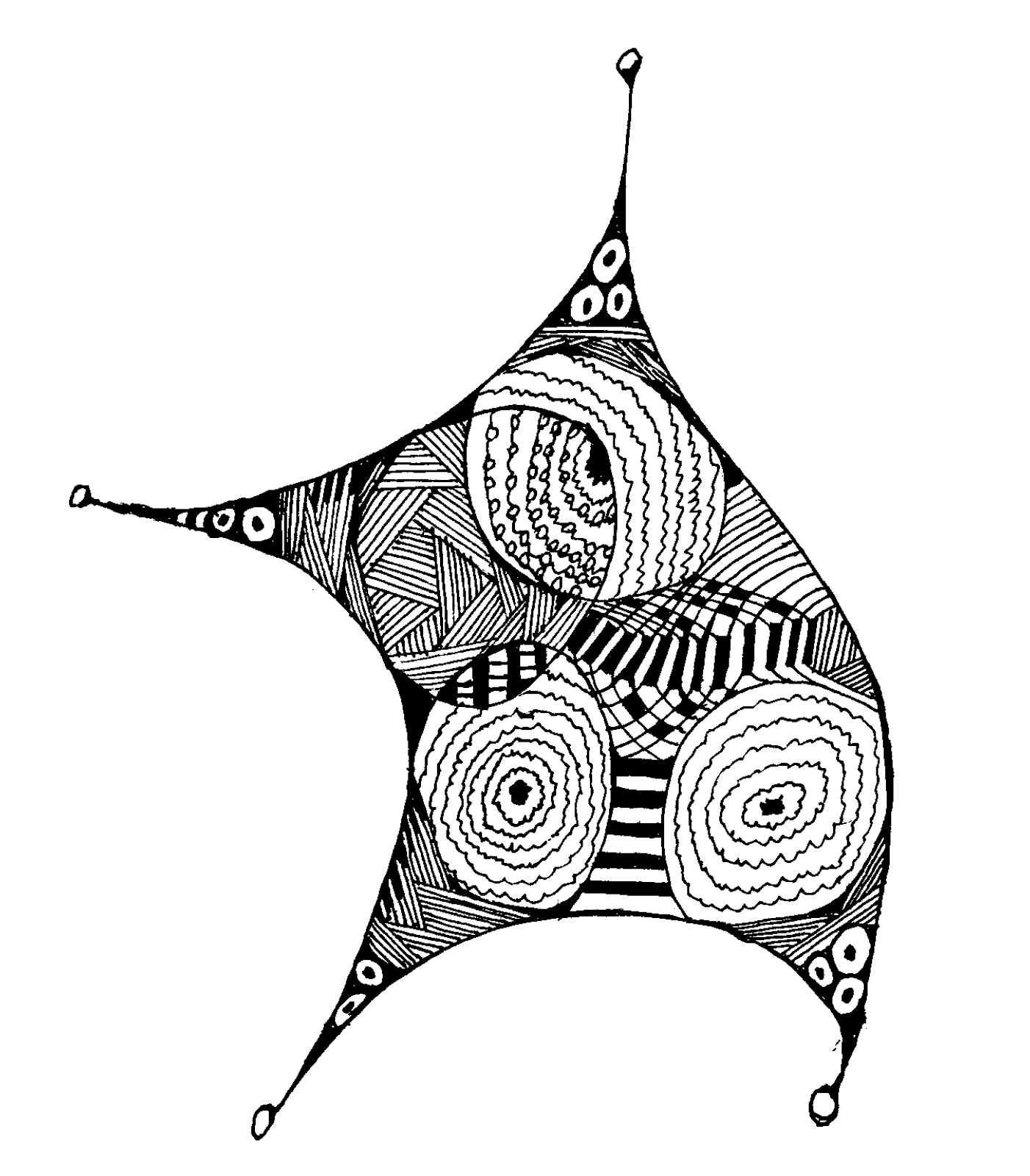The debate rages on in various Facebook groups dedicated to AI in education, encompassing educators, publishers, and even lawyers. They grapple with the ethics, practicalities, and legality of using AI-generated text, often under the flawed assumption that there's a clear demarcation between human-generated and AI-generated content. This is a classic case of misunderstanding the nature of large language models (LLMs) – it is not just technically impossible to make such a distinction, but theoretically as well.
Imagine writing assistance by AI as a spectrum. On one end, there's the lazy prompt: "Write me an essay for my class based on these instructions." On the other, a minimal request: "Here's my text, just correct the grammar." In the former case, the content is mostly computer-generated. (Although some instructors give such detailed assignment descriptions for students that the paper is practically written by the instructor, but that is another issue). Yet, the most effective and transformative uses of AI lie somewhere in the middle. This is where the magic happens: turning a raw idea into a paper outline, transforming a rough argument into coherent text, asking ChatGPT for feedback on a draft, or enriching a paragraph with vivid examples.
This is not a simple case of either-or; it is a true collaboration between human intellect and machine assistance. By pigeonholing AI as a tool that merely replaces human effort, many reveal their unfamiliarity with what I like to call 'wraiting' – a blend of writing and AI. The current clamor for distinct labeling of human vs. AI-generated text, or setting limits on the extent of AI use, can come across as naïve or even embarrassing to those well-versed in AI-assisted writing.
The beauty of 'wraiting' lies in its collaborative essence. It redefines authorship, shifting the focus from the creation process to the act of releasing the final product. The most important wraiting skills is the ability to wring great content from the machine by giving it most of the ideas. Equally important is the final editing, the ability to discern between mediocre and great content.
Just as the user of a word processor or spell-checker is considered the author, the human guiding the AI in 'wraiting' holds the rights of authorship. The key lies in understanding and experiencing this process firsthand. So, before jumping into heated debates or formulating policies, it might be wise to take AI for a spin in your next writing project. Only then can one truly appreciate the nuances of this new era of authorship, where the lines between human and machine are not just blurred but non-existent. Regulating a thing you don’t know much about is always going to be risky.


Absolutely brilliant! This is a great insight into the potential of AI in the educational realm. It's far too common to get caught up in the concerns and myths surrounding AI, yet here we are, witnessing a dazzling awakening to its possibilities. The key to nurturing generations who will use AI ethically and effectively lies in transparent and inspiring applications within education. I wholeheartedly agree—embracing 'wraiting' is a phenomenal concept and a stride towards a more innovative and AI-empowered future in education. Kudos for highlighting this!
ReplyDelete